
|
|
|
"PARITÃ" : STÃPHANE BAYARD, ROBERT HUOT, MARTINA KLEIN, MARIA MORGANTI, EUGÃNIE PAULTRE, MARIANNE SCHARN, RYO TAKAHASHI 7 novembre - 7 décembre 2013
Vernissage : jeudi 7 novembre 2013 de 18h à 20h, à 19h30 performance « papillon de nuit » de Ryo Takahashi pour voir la vidéo de la performance/ to see the video of the performance jeudi 28 novembre 2013 à 19h lecture de / reading by Stéphane Bayard Robert Huot Maria Morganti Eugénie Paultre Marianne Scharn vidéo de la lecture / video of the reading (English text below) PARITÃ
« Parité » est une exposition de peinture avec 4 artistes femmes et 3 artistes hommes. Les études féministes ont démontré lâimportance de reconsidérer lâart selon dâautres critères que ceux qui ont mené à un déroulement « patriarcal » de lâhistoire de lâart. Cette exposition propose un regard sur un art fait par des hommes et un art fait pas des femmes au moyen de la peinture. Chacun des artistes de lâexposition a développé ses propres formes dâexpression.
Stéphane Bayard montrera deux tableaux de la même série. à la précédente exposition, sa pièce était accompagnée dâune vidéo de la même pièce, créant un effet de miroir entre les deux. Il parle lui-même de « pratique plutôt "inquiète" du tableau abstrait mais aussi surtout de la monochromie ». Est-ce du double mouvement de concentration et dâ « engloutissement » du regard du spectateur que ses tableaux tirent leur pouvoir dâattraction ?
La pièce de Robert Huot, Based On Four Centers (« Basé sur quatre centres ») est un triangle équilatéral dâacrylique et fusain sur toile, dont le titre semble défier la géométrie. Lâusage de diverses formes de symétrie est une constante dans lâart de Robert Huot. Son intérêt de longue date pour lâÅuvre de Buckminster Fuller lâa amené à rejeter la surface rectangulaire au profit du triangle. Ses recherches dans ce domaine depuis plus de cinquante ans montrent un ensemble impressionnant de réalisations. (voir http://www.roberthuot.com/recent-work/triangles/).
Le monochrome chez Martina Klein fait partie, comme dans ses peintures en angle droit, dâun langage visuel dont les articulations visent à la réalité de la couleur. Dans lâexposition, nous verrons une petite peinture « lila » dont la toile nâest fixée que par le bord supérieur et repose librement le long du châssis. Et une « Pick-Pocket Painting » où un morceau de tissu peint ressort dâune large « poche ». Dans les deux cas, nous sommes mis en présence du processus matériel de sa peinture. Martina Klein dit que la couleur possède un espace que nous pouvons voir.
Les deux peintures de Maria Morganti datent de 1998. Lâart de Maria Morganti semble converger vers une double fin. Dâun côté son souci de rendre la couleur autonome, en donnant à toutes les couleurs le même traitement, et de lâautre côté dâimbriquer plus systématiquement sa vie à son temps de travail, en quête dâouverture et dâharmonie. Ses deux tableaux nous disent aujourdâhui la profondeur de son engagement tandis quâils contiennent déjà le germe de son évolution, et quâils marquent un moment de plénitude vus à travers les yeux de ses enrichissements ultérieurs.
Les peintures dâEugénie Paultre ont la fraîcheur dâun nouveau départ et pourtant elles donnent lâimpression dâappartenir à une tradition qui remonte loin en arrière de nous. Ses pigments purs, ses traces peintes et ses formats carrés sont des seuils tangibles pour entrer dans le grand voyage visuel quâEugénie Paultre élabore dans son art.
« Pacific IV » de Marianne Scharn évoque lâocéan du même nom. La référence de Marianne Scharn à lâimage en tant que lâ « autre côté de lâabstraction » est un fil sous-jacent à son travail. Lâexpérience plastique de lâOcéan sur le carré des quatre toiles provient de la vibration des fines bandes acryliques bleues et argent et de la fixité du mur entre les carrés. Il est extraordinaire que sa peinture donne une telle sensation de paix, à un moment où Marianne Scharn doit affronter la catastrophe naturelle qui a dévasté son village de Mogollon au Nouveau Mexiqueâ¦
La peinture de suie de Ryo Takahashi est composée de deux carrés identiques de papier fait main avec du plâtre et verni. Ils « révèlent » lâimage du dos dâune femme nue allongée. Chaque fragment semble indépendant de lâautre, et leur mise en relation crée la silhouette de la femme. Elle habite dans un monde flottant entre Gustave Courbet et lââge post atomique.
PARITY
âParityâ is show of painting with 4 women and 3 men artists. Feminist studies have proved the importance to reconsider art according to other criteria than those who led to a âpatriarchalâ unfolding of art history. This exhibition intends to show an art made by women and made by men by means of painting. Each artist in the exhibition has developed his or her own way of expression.
Stéphane Bayard will show 2 paintings of the same series. In the previous exhibition, his piece came together with a video of the same piece, establishing a mirror effect between the two. He himself speaks of âa rather âunquietâ practice of abstract painting but also particularly of monochromy.â Is it from the double movement of concentration and âengulfmentâ of the viewerâs look that his paintings draw their power of attraction?
The piece by Robert Huot, "Based On Four Centers," is an equilateral triangle of acrylic and charcoal on canvas, whose title seems to challenge geometry. The use of various kinds of symmetry is a constant in Robert Huotâs art. His ancient interest in the work of Buckminster Fuller caused him to dismiss the rectangular surface for the triangle. His researches in this field for more than fifty years show an impressive range of achievements (voir http://www.roberthuot.com/recent-work/triangles/).
Monochrom in Martina Kleinâs work belongs, as in her corner paintings, to a visual language that has articulations aiming at the reality of colour. In the exhibition, we will see a small âlilaâ painting, where the canvas is fixed by the upper edge and rests freely along the stretcher. And a âPick-Pocket Paintingâ where a piece of painted cloth comes out of a large âpocketâ. In both cases we can realize the material process of her painting. Martina Klein says colour has a space that we can see.
The two paintings by Maria Morganti date of 1998. The art of Maria Morganti seems to converge toward a double end. On one hand her concern to make colour autonomous by giving every colour the same treatment, on the other hand to intricate more systematically her life time in her art time, in search of openness and harmony. Her two paintings tell us today the deepness of her involvement as they already contain the germ of her evolution, and mark a moment of fulfillment seen through the eyes of her later enrichments.
The paintings of Eugénie Paultre have the freshness of a new departure, however they appear to belong to a tradition that goes back far from us. Her pure pigments, painted traces and square sizes are tangible thresholds to enter into the great visual voyage that Eugénie Paultre work up in her art.
âPacific IVâ of Marianne Scharn evokes the Ocean by the same name. Her reference to image as âthe other side of abstractionâ is an underlying thread in Marianne Scharnâs work. The plastic experience of the Ocean on the four painted squares comes from the vibration of the thin stripes of blue and silver acrylic, and the still wall between the squares. It is extraordinary her painting gives such a peaceful feeling at a time when Marianne Scharn has to face the natural disaster that devastated her village of Mogollon in New Mexico.
The soot painting of Ryo Takahashi is composed of two identical squares of plastered and varnished handmade paper. They ârevealâ the image of the back of a naked reclining woman. Each fragment seems independent from the other, and only their relation creates the figure of the woman. She lives in a floating world between Gustave Courbet and the post atomic age.
|
Exhibit Images  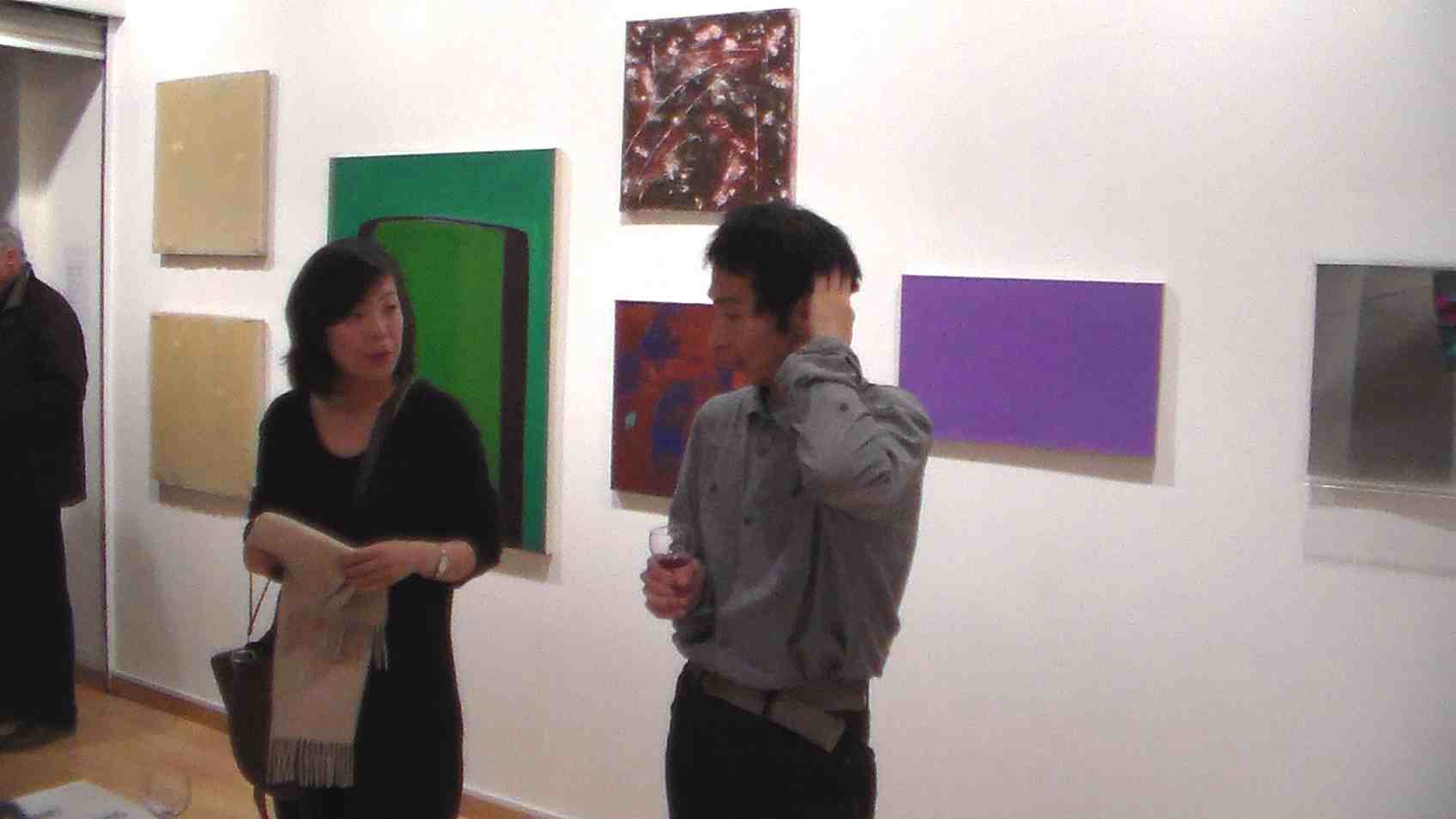 Vernissage "Parité" photo Pat H Mart 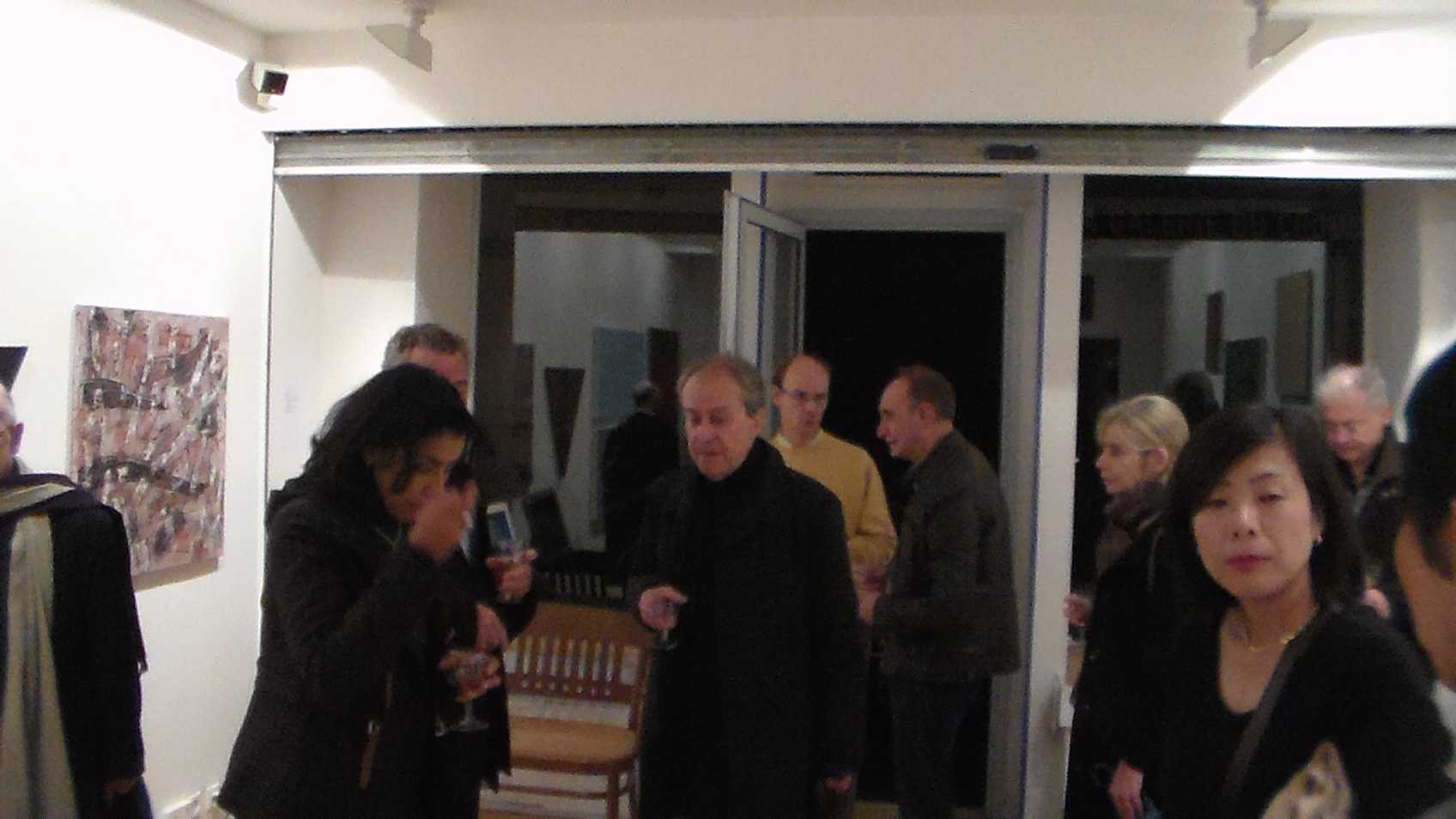 Vernissage "Parité" photo Pat H Mart  Vernissage "Parité" photo Pat H Mart 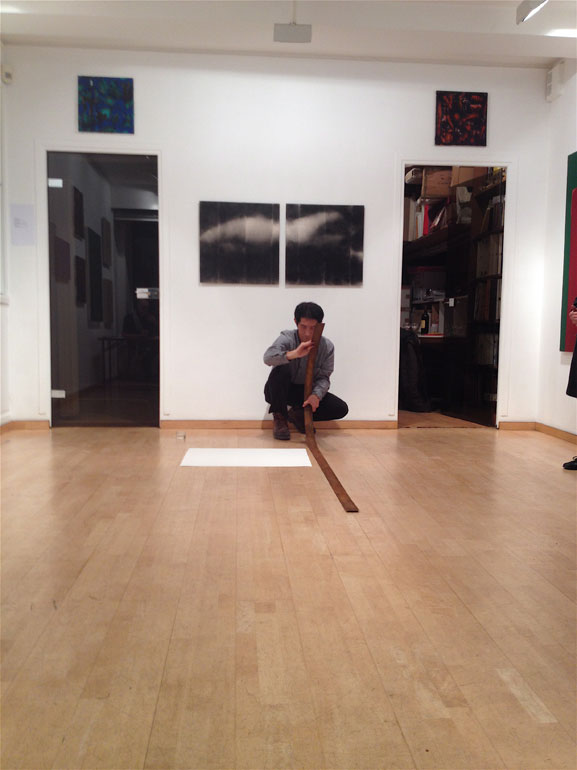 RYO TAKAHASHI Performance "Papillon de nuit" 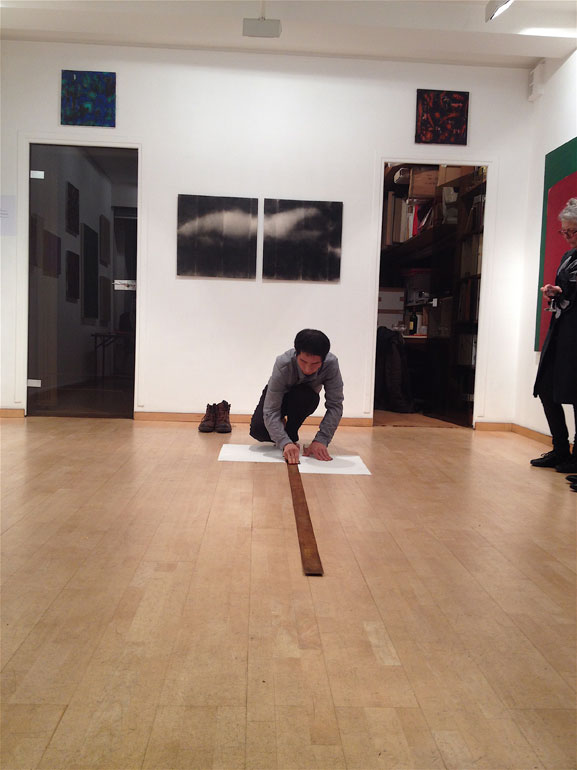 RYO TAKAHASHI Performance "Papillon de nuit" 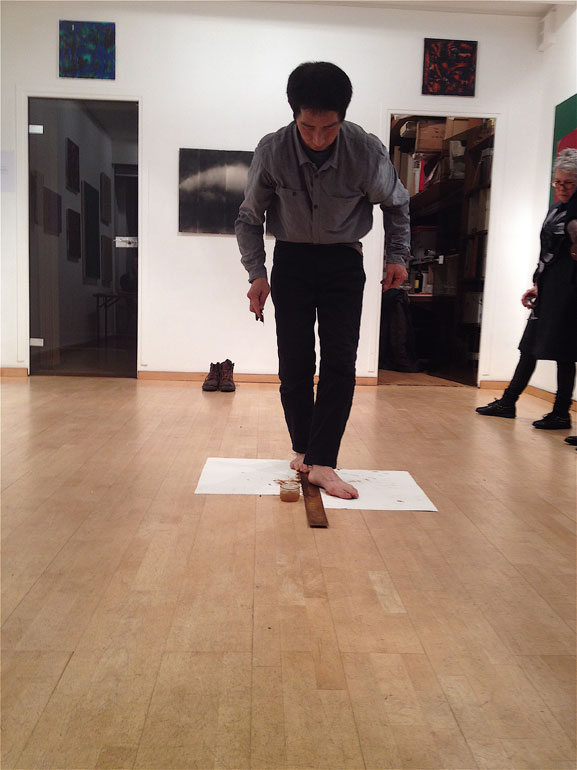 RYO TAKAHASHI Performance "Papillon de nuit"  RYO TAKAHASHI Performance "Papillon de nuit"  RYO TAKAHASHI "Papillon de nuit", oxyde de fer sur papier, 2 x (56,5 x 38 cm), 56,5 x 82 cm au total 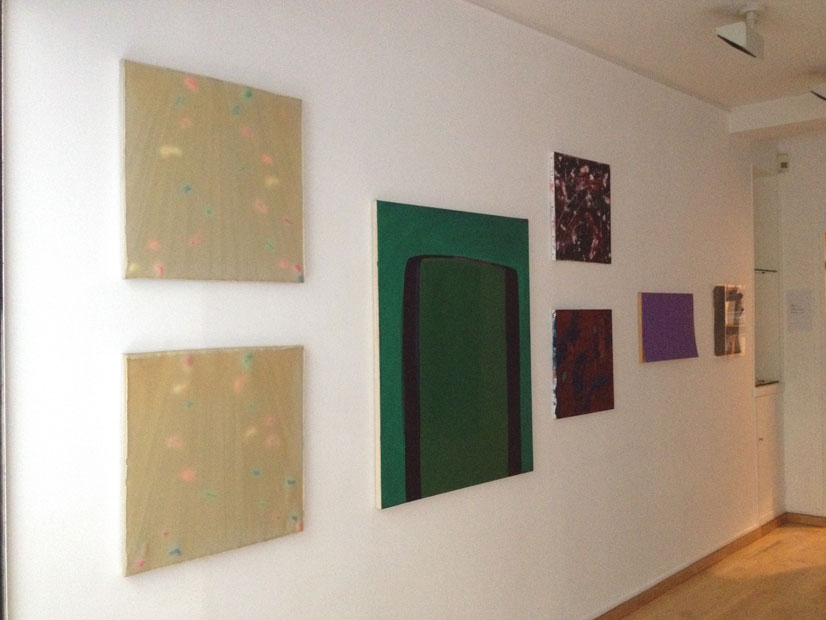 Vue d'exposition "Parité" 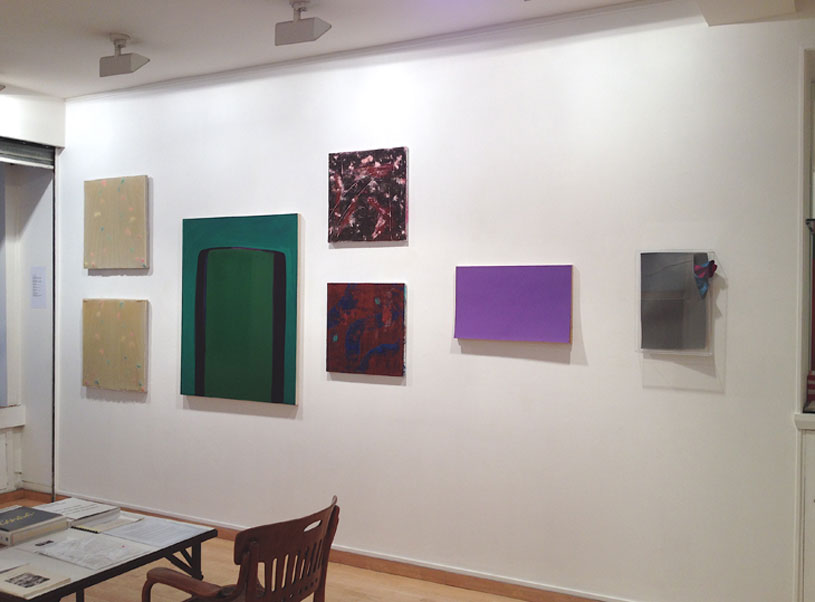 Vue d'exposition "Parité" 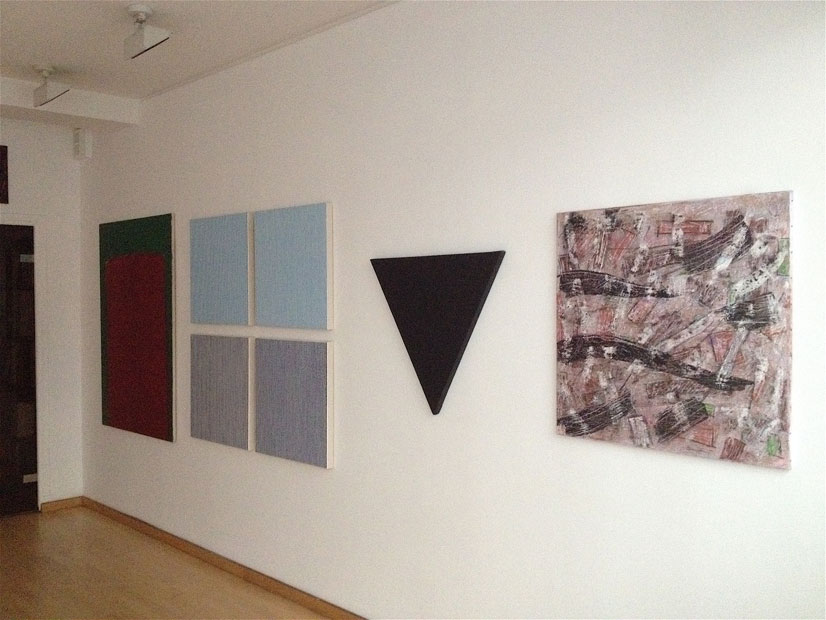 Vue d'exposition "Parité"  Vue d'exposition "Parité" 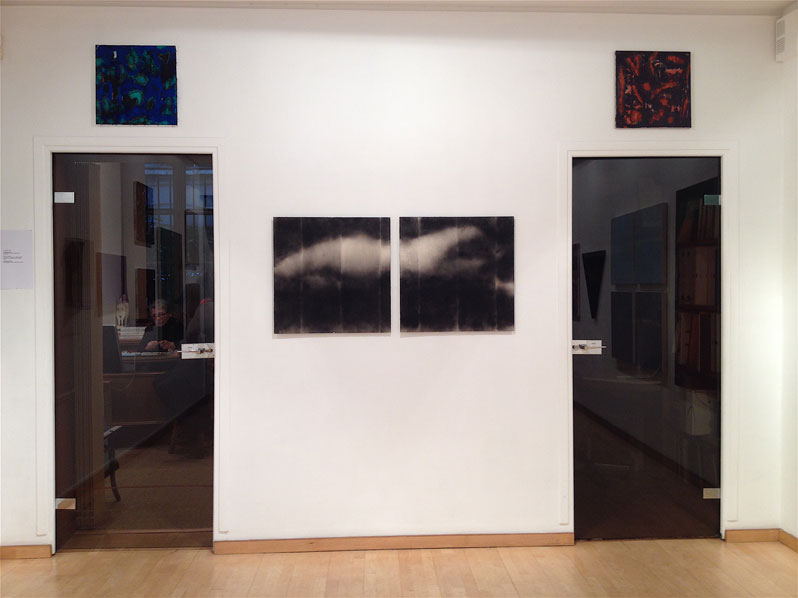 Vue d'exposition "Parité"  STÃPHANE BAYARD Tableau, 2006, liant acrylique sur voile polyester, pâte à modeler de couleur, toile pliée en épis sur châssis, 60 x 60 cm 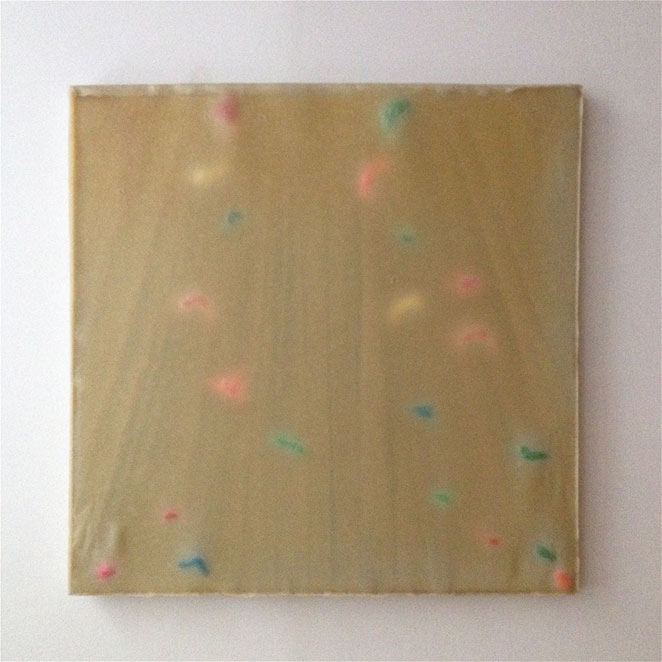 STÃPHANE BAYARD Tableau, 2006, liant acrylique sur voile polyester, pâte à modeler de couleur, toile pliée en épis sur châssis, 60 x 60 cm 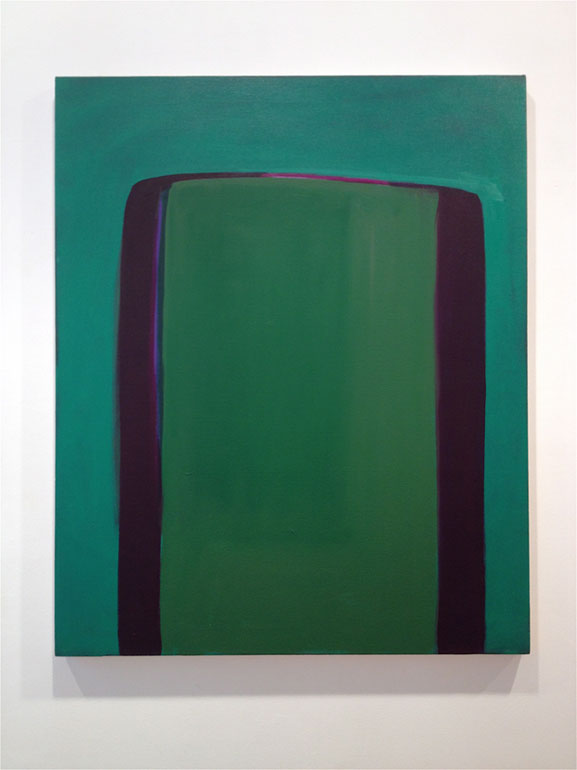 MARIA MORGANTI "Presenza", Venezia 1998, acrylique sur toile, 110 x 90 cm 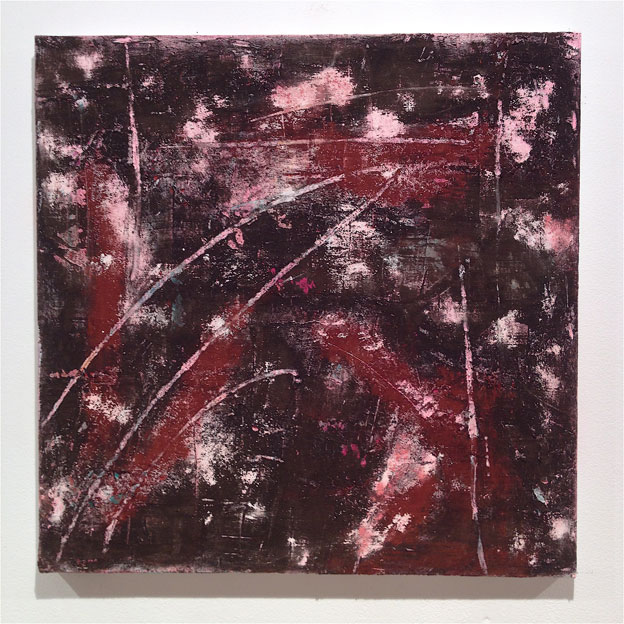 EUGÃNIE PAULTRE Huile et pigment sur toile, novembre 2013, 50 x 50 cm  EUGÃNIE PAULTRE Huile et pigment sur toile, novembre 2013, 50 x 50 cm 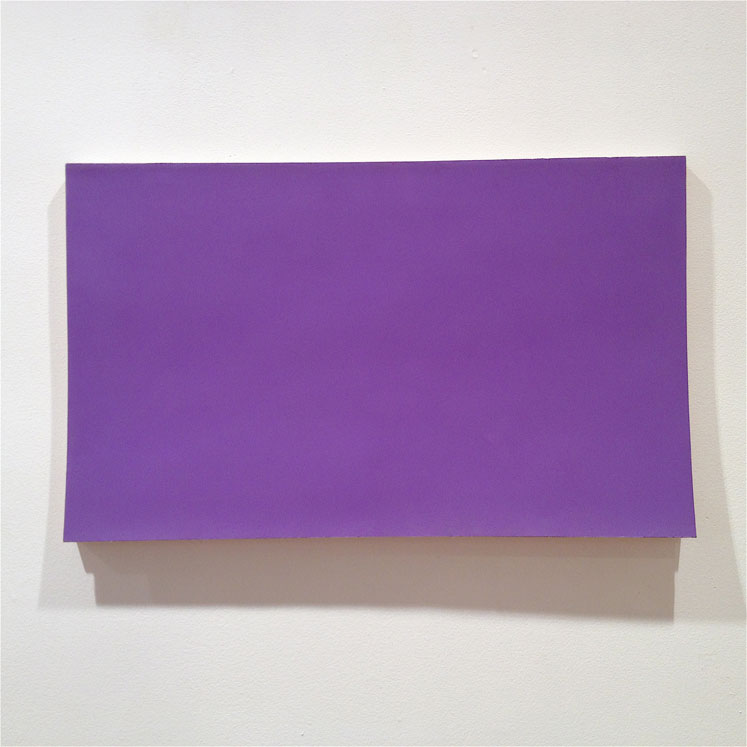 MARTINA KLEIN Huile sur toile, 37 x 61 cm, 2005 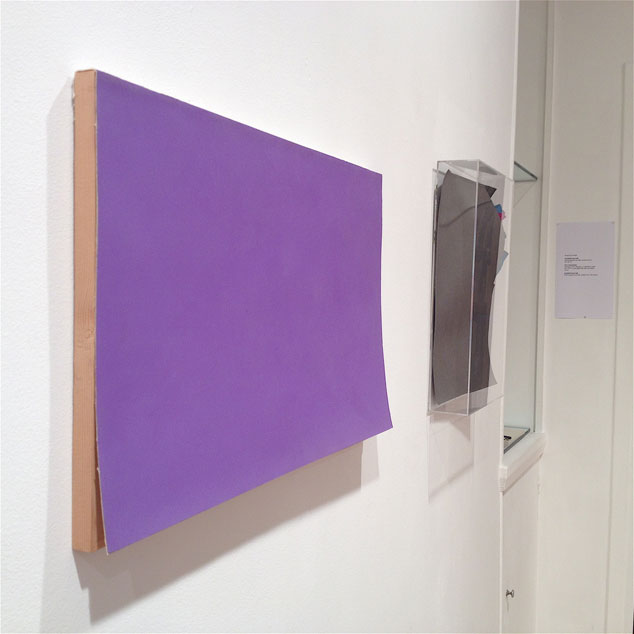 MARTINA KLEIN 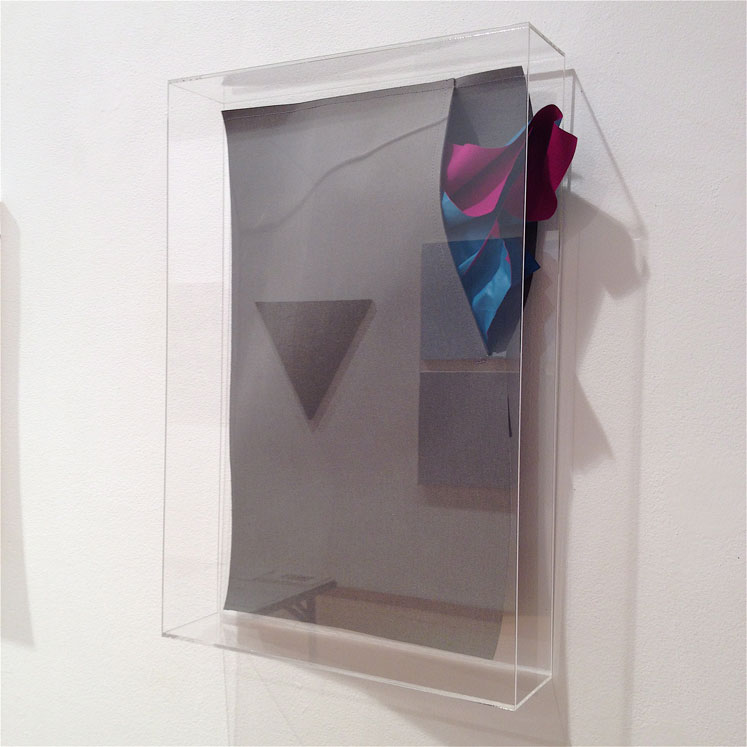 MARTINA KLEIN Pick Pocket Painting, 2013, n° 7/16, toile et tissu peint dans plexiglas, 45,5 x 31 x 8 cm 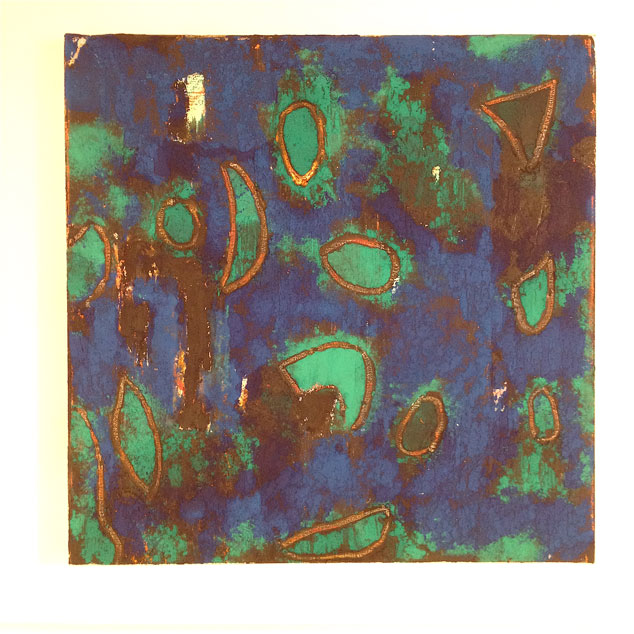 EUGÃNIE PAULTRE Huile et pigment sur toile, novembre 2013, 40 x 40 cm  RYO TAKAHASHI "Montagne", 2010, diptyque, 2 x (60x60cm), total 60 x 125 cm, suie, papier fait main avec plâtre, vernis 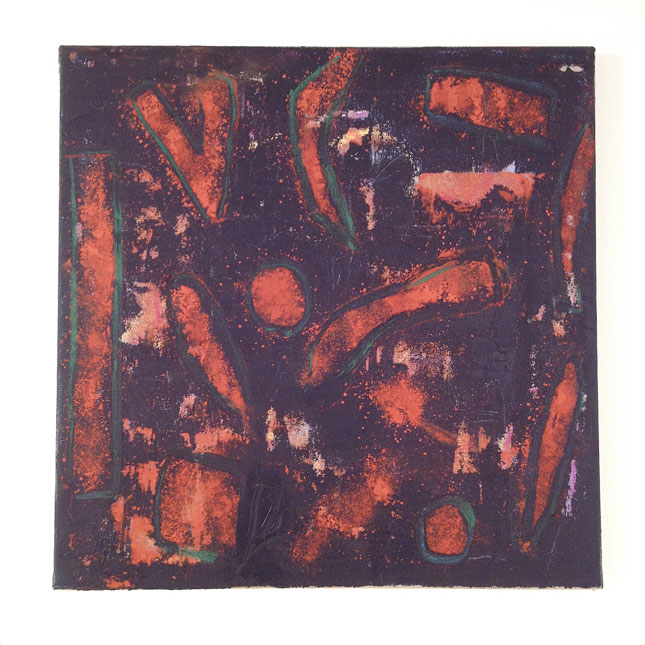 EUGÃNIE PAULTRE Huile et pigment sur toile, octobre 2013, 40 x 40 cm 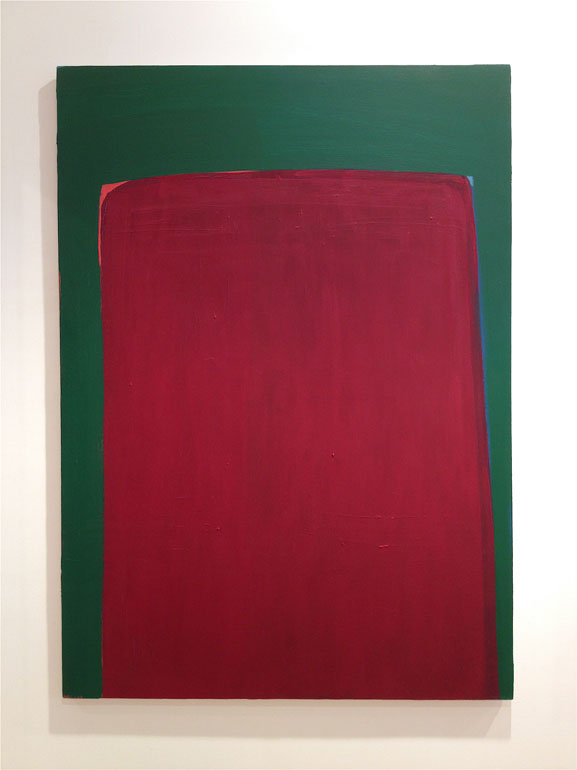 MARIA MORGANTI "Presenza", Venezia 1998, acrylique sur toile, 140 x 100 cm 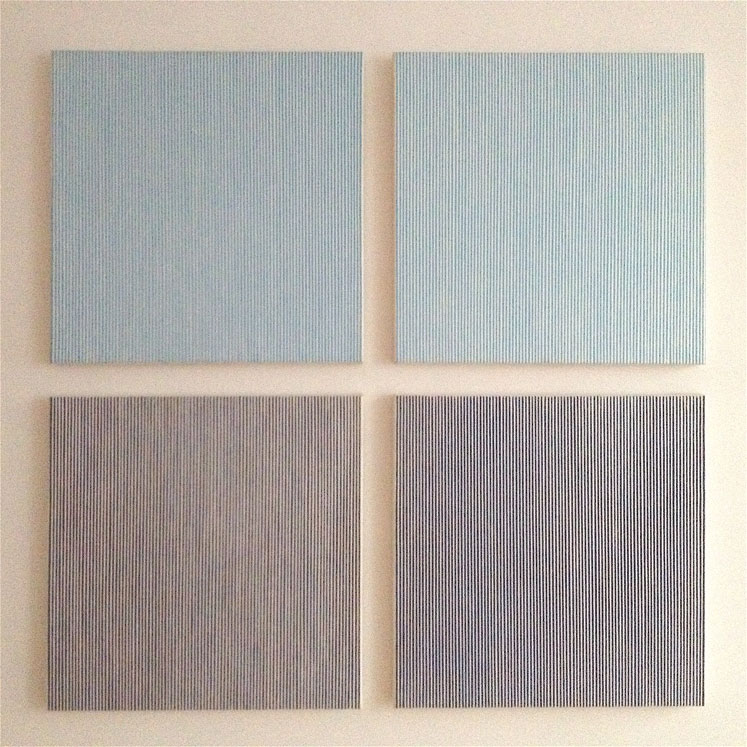 MARIANNE SCHARN "Pacific IV", 2007, acrylic on canvas, 4 elements, each : 61 x 61 cm, total : 127 x 127 cm  ROBERT HUOT "Based On Four Centers", Oct. 97, acrylique et fusain sur toile, triangle équilatéral de 77,5 cm de côté, h. 67,5 cm 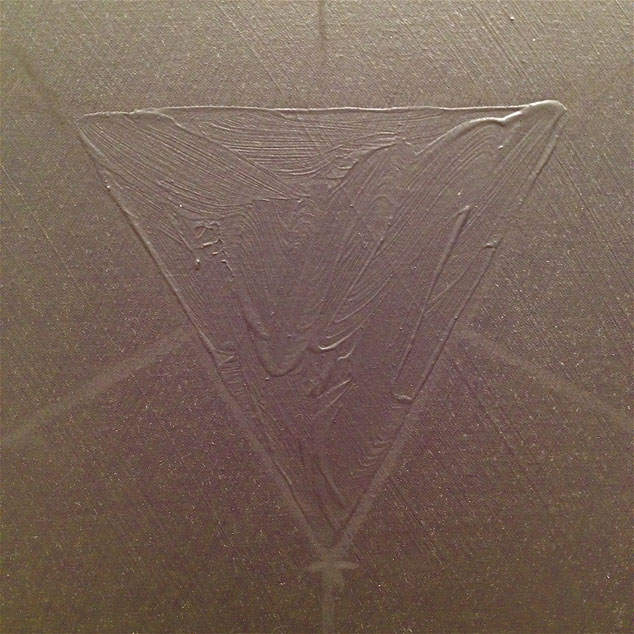 ROBERT HUOT "Based On Four Centers" detail 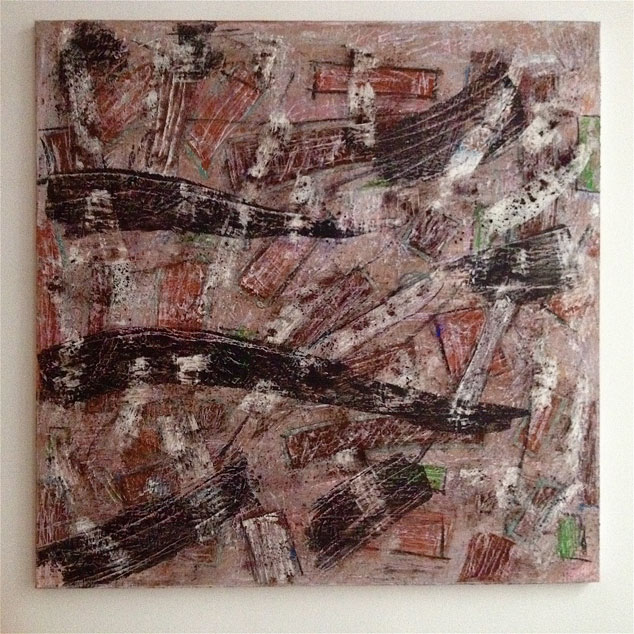 EUGÃNIE PAULTRE Huile et pigment sur toile, octobre 2013, 80 x 80 cm 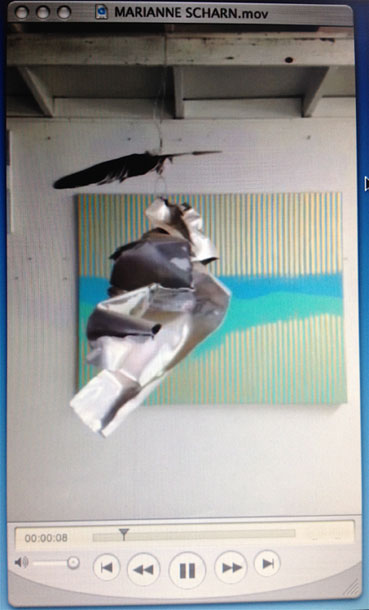 MARIANNE SCHARN "Homage to Chamberlain" vidéo 2013 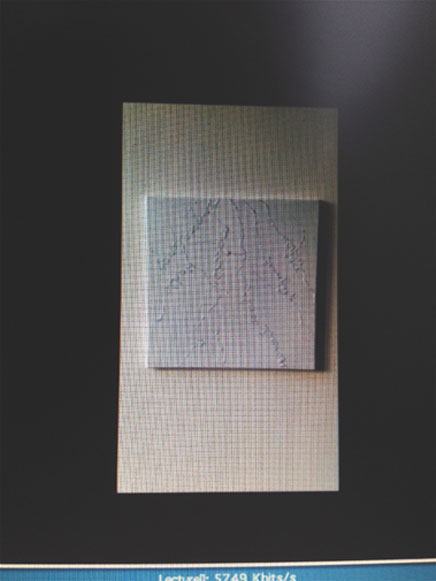 STÃPHANE BAYARD vidéo 2013 |